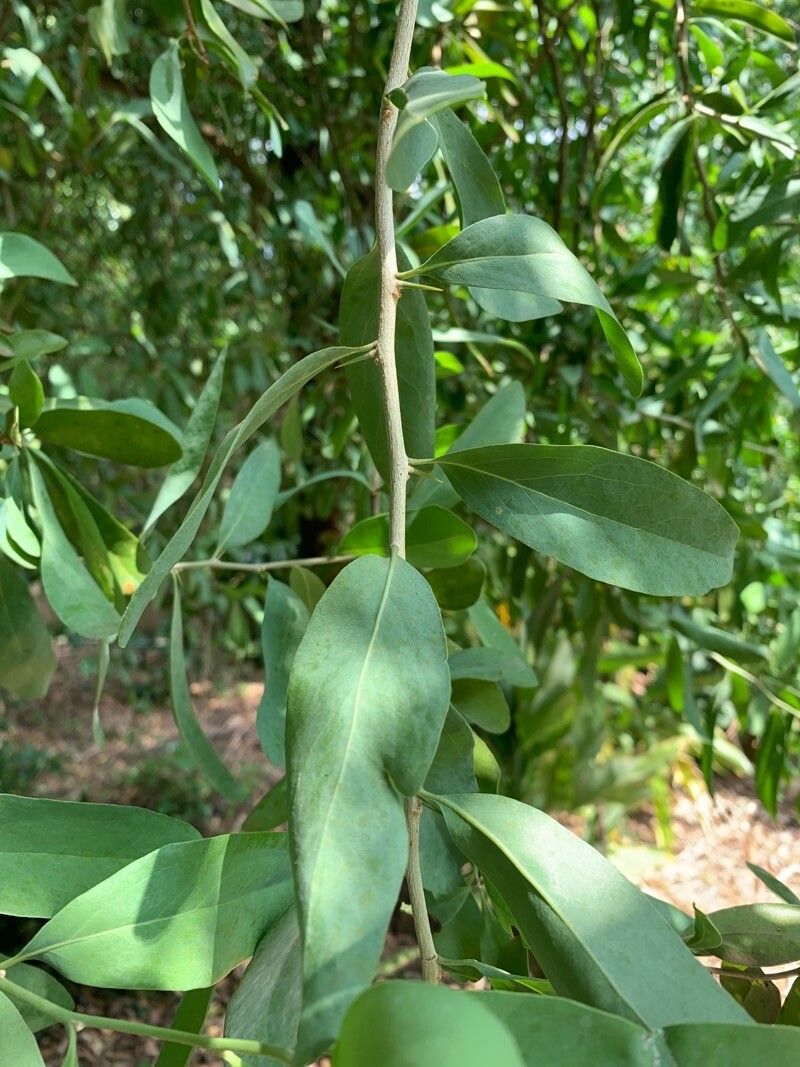Propagating Acanthosyris spinescens: A Gardener’s Challenge
Acanthosyris spinescens, commonly known as the Spinebush or sometimes simply as "spiny shrub" (though this common name is not specific), is a captivating plant prized for its striking, spiny foliage and often attractive berries (depending on the sex of the plant, as it is dioecious). Its unique characteristics make it a desirable addition to xeriscapes, drought-tolerant gardens, or collections of unusual plants. However, its propagation presents unique challenges that reward the patient and persistent grower. Its relative rarity in cultivation further emphasizes the need for successful propagation techniques.
Seed Germination:
Currently, there are no known reliable methods for seed germination propagation of Acanthosyris spinescens. While seeds may be produced, the germination rate is reportedly very low, if any, and successful germination has not been documented in horticultural literature. Factors contributing to this may include dormancy mechanisms yet to be understood or specific environmental requirements not yet replicated in cultivation. Further research is definitely needed to unlock the secrets of propagating this species from seed.
Cuttings:
Propagation from cuttings holds more promise than seed germination. However, it remains challenging.
Challenges: Hardwood cuttings are more likely to succeed than softwood. Acanthosyris spinescens‘s propensity for slow growth and potential for rot make striking cuttings difficult. Success rates are highly variable and influenced by environmental factors and techniques.
Practical Tips: Take semi-hardwood cuttings in late summer or early autumn from healthy, mature stems. Use a rooting hormone and a well-draining substrate (e.g., perlite and peat moss mixture). Maintain high humidity using a propagation dome or plastic bag, but ensure good air circulation to prevent fungal diseases. Bottom heat can significantly improve rooting success.
Rewards: Cuttings provide a faster path to new plants compared to other methods (if successful), and the resulting plants are genetically identical to the mother plant, ensuring consistency of desirable traits.
Division:
Division is generally not a feasible method for propagating Acanthosyris spinescens. This species tends to grow as a single, rather than multi-stemmed, shrub, making division impractical and potentially damaging to the parent plant.
Tissue Culture:
Tissue culture offers a potential solution to the difficulties encountered with other propagation methods.
Challenges: Establishing a sterile tissue culture protocol for Acanthosyris spinescens would require significant experimentation to determine ideal media compositions, growth regulators, and environmental conditions. This method also requires specialized equipment and expertise.
Practical Tips: Research into suitable media, plant growth regulators (PGRs), and sterilization techniques is crucial. Successful tissue culture protocols often involve a multi-stage process, from initiating cultures from small explants to acclimating the plantlets to ex-vitro conditions.
Rewards: Tissue culture allows for rapid clonal propagation, facilitating the mass production of genetically identical plants – a major advantage for conservation or horticultural purposes.
Conclusion:
Propagating Acanthosyris spinescens presents considerable challenges. Whilst cuttings offer the most realistic possibility for successful propagation at present, success is not guaranteed and demands patience and careful attention to detail. Seed germination, division, and tissue culture options currently offer limited success or are too complex for the average gardener. The rewards, however, are considerable. The unique beauty and drought tolerance of this plant make the effort well worth it for dedicated gardeners. The sense of accomplishment achieved in successfully propagating this challenging species is immense, a testament to perseverance and horticultural skill. Don’t be discouraged by initial setbacks; consider experimenting with different techniques and refining your approach until you find what works best for you and your climate. The journey is as rewarding as the destination.


